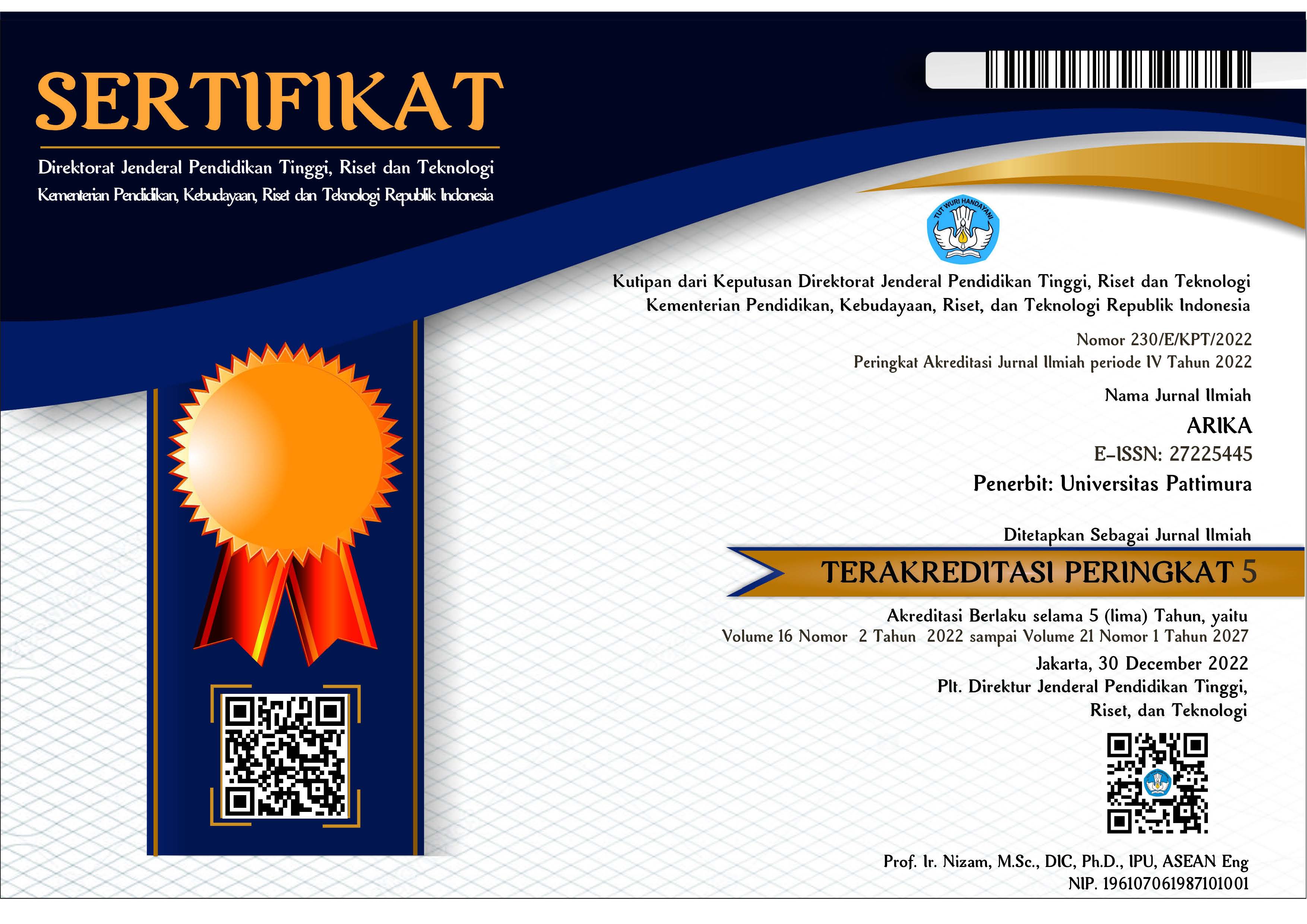Analisis Karakteristik Karbon Residu dan Kandungan Sulfur Produk Minyak Biosolar dengan Pendekatan Six Sigma
Abstract
Permasalahan yang dihadapi oleh PT Pertamina (Persero) Terminal BBM Wayame adalah biosolar yang diproduksi tidak memenuhi standar kualitas yang ditetapkan. Rata-rata defect untuk karakteristik karbon residu dan kandungan sulfur selama Januari-Juni 2019 adalah 1,11% dan 0,56%. Penelitian ini bertujuan untuk memperoleh level kualitas karakteristik karbon residu dan kandungan sulfur produk biosolar. Pengumpulan data dilakukan dengan pengambilan sampel biosolar. Nilai level kualitas dilakukan dengan six sigma untuk mengetahui level kualitas biosolar yang dimulai dengan tahapan identifikasi critical to quality, measure, analyze dan improvement. Hasil penelitian ini memperoleh level kualitas dari karakteristik spesifikasi biosolar untuk residu carbon yaitu 3,57 % m/m dan kandungan sulfur yaitu 3,263. Perolehan level kualitas ini mennujukkan bahwa kualitas karakteristik spesifikasi biosolar belum memenuhi tujuan utama perusahaan yaitu memiliki level kualitas kelas dunia, namun perolehan ini menujukkan kualitas spesifikasi biosolar berada di atas rata-rata kualitas industri di Indonesia.
Kata Kunci : Kualitas, Biosolar, Six Sigma
Downloads
An author who publishes in the ARIKA Jurnal agrees to the following terms:
- The author retains the copyright and grants ARIKA journal the right of first publication of the work simultaneously licensed under the Creative Commons Attribution-ShareAlike 4.0 License that allows others to share the work with an acknowledgment of the work's authorship and initial publication in this journal.
- The author is able to enter into separate, additional contractual arrangements for the non-exclusive distribution of the journal's published version of the work (e.g., post it to an institutional repository or publish it in a book) with the acknowledgment of its initial publication in this journal.
- The author is permitted and encouraged to post his/her work online (e.g., in institutional repositories or on their website) prior to and during the submission process, as it can lead to productive exchanges, as well as earlier and greater citation of the published work (See The Effect of Open Access).










